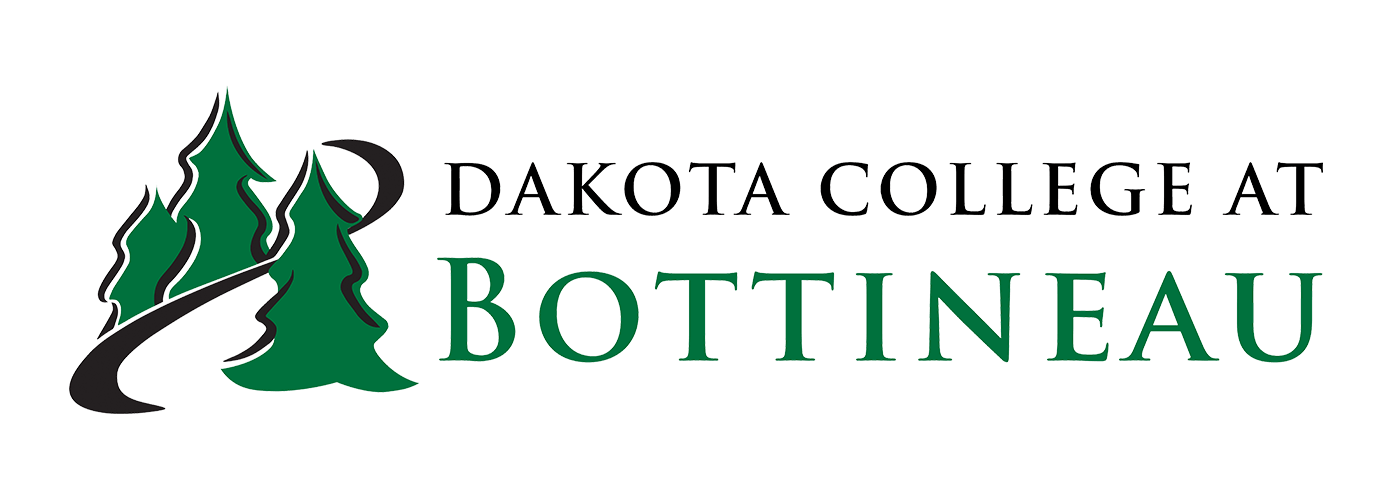The institution’s General Education Competencies, Learning Outcomes, & Performance Indicators reflect a commitment to its mission.
Nature
Competency 1: Identifies the interrelationships between humans and their environment
- Learning Outcome 1: Applies the scientific methods of inquiry
- Learning Outcome 2: Demonstrates an understanding of natural environment
Technology
Competency 2: Demonstrates technological literacy
- Learning Outcome 1: Demonstrates knowledge of digital literacy.
- Learning Outcome 2: Demonstrates effective use of technology for communicating, organizing, and presenting information.
- Learning Outcome 3: Identifies appropriate application software for real-world issues.
Competency 3: Demonstrates mathematical understanding
- Learning Outcome 1: Utilizes appropriate mathematical techniques.
- Learning Outcome 2: Employs critical thinking skills.
Beyond
Competency 4: Communicates effectively
• Learning Outcome 1: Write effectively
• Learning Outcome 2: Integrates information sources effectively
• Learning Outcome 3: Demonstrates effective oral communication skills
Competency 5: Employs the principles of wellness
• Learning Outcome 1: Demonstrates physical wellness
• Learning Outcome 2: Demonstrates healthy lifestyle
Competency 6: Demonstrates knowledge of social structures
• Learning Outcome 1: Examines the experience of the individual
• Learning Outcome 2: Examines the world of human diversity
• Learning Outcome 3: Recognizes human social structures
Competency 7: Understands concepts of arts, languages, humanities, and society
• Learning Outcome 1: Analyzes the interconnectedness of art, literature, society, and culture.
• Learning Outcome 2: Interprets the cultural impact of the Humanities on contemporary society.
